Colin Farrell's Amazing Transformation into The Penguin
HBO's New Show The Penguin follows the transformation of Oswald Cobblepot from a disfigured nobody to a noted Gotham gangster.
𝐌𝐚𝐫𝐲 𝐀𝐧𝐝𝐞𝐫𝐬𝐨𝐧: 𝐓𝐡𝐞 𝐔𝐧𝐬𝐮𝐧𝐠 𝐇𝐞𝐫𝐨 𝐖𝐡𝐨 𝐈𝐧𝐯𝐞𝐧𝐭𝐞𝐝 𝐖𝐢𝐧𝐝𝐬𝐡𝐢𝐞𝐥𝐝 𝐖𝐢𝐩𝐞𝐫𝐬
On a chilly New York day in 1902, Mary Anderson, a determined woman with a sharp eye for problem-solving, watched in frustration as drivers struggled to see through their snow-covered windshields. Inspired, she invented the world’s first windshield wiper. Despite her groundbreaking design—operated from inside the car to easily clear away snow and rain—Anderson faced skepticism. Car manufacturers at the time failed to see its potential, but her invention would later become an essential safety feature for every vehicle. Though her name faded into obscurity, her impact lives on every time wipers clear a driver’s view during a storm.
Statue of 'David' by Michelangelo - wrapped In bricks to prevent bomb damage in World War 2
Key points about the protection of Michelangelo's David during WWII:
Protective measure:
A brick structure, often described as a "beehive" shape, was built around the statue.
Purpose:
To protect the marble masterpiece from potential damage from bombs during aerial attacks.
Location:
The statue was located in Florence, Italy, where it remained throughout the war.
Elvis
The Women Painted by John Singer Sargent
The Natural Phenomenon ot the ainbow Swamp
When the bald cypress trees drop their leaves in the fall, they decompose in the swamp. The resulting matter, when hit at just the right angle by sunlight, gives off this prismatic appearance.
And the longer the water goes undisturbed, the stronger the effect. If you’re lucky, you can see the rainbow throughout the later fall and over the course of the winter in cypress swamps throughout the South.
The Ghost Town of Bodie
It was previously a thriving mining town in the late 19th and early 20th centuries, but it finally went into obscurity and was left in very good condition. Bodie is now a well-liked tourist destination and a state historic site, giving tourists an intriguing look into the past.
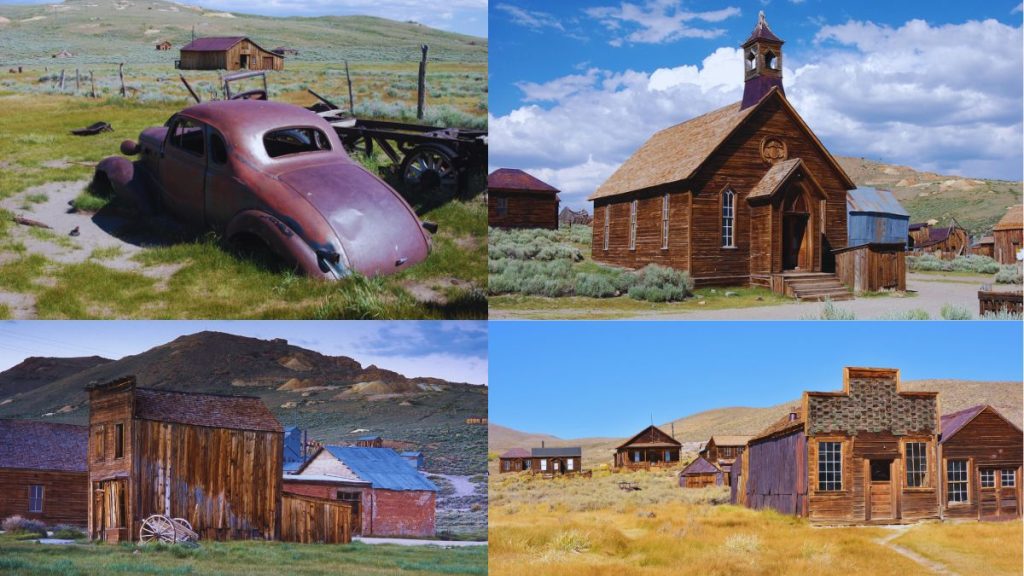
The discovery of gold by a group of prospectors, including W. S. Bodey, in 1859 is the origin of the ghost town of Bodie. Unfortunately, Bodey was unable to see the growth of the town bearing his name before he died in a blizzard the following year.
The town was formerly known by various phonetic variations of “Bodey,” but after a painter in the nearby boomtown of Aurora lettered a sign for “Bodie Stables,” the name “Bodie” remained. Although Bodie’s fame initially lagged behind, the finding of gold there coincided with the discovery of silver in Aurora and the renowned Comstock Lode in Nevada.
Bodie State Historic Park was established in 1962 as a result of Bodie’s recognition as a National Historic Landmark in 1961. Currently, about 110 buildings that are in a state of halted degradation serve as a reminder of the town’s past. The interiors of buildings that still contain their original contents and the deserted streets can be explored by visitors.
Bodie has grown to be a well-liked location for night photography, which only adds to its unsettling appeal. Visitors can get to Bodie via State Route 270 or State Route 167 even though the town’s highways are frequently closed during the winter owing to severe snowfall. One of the original residences on Green Street now serves as the ranger station for the California State Parks. Bodie State Historic Park still runs despite previous financial difficulties; the Bodie Foundation currently oversees operations.
A Picture is Worth a Thousand Words
The Dying Lion of Lucerne
When a Picture is Worth a Thousand Words

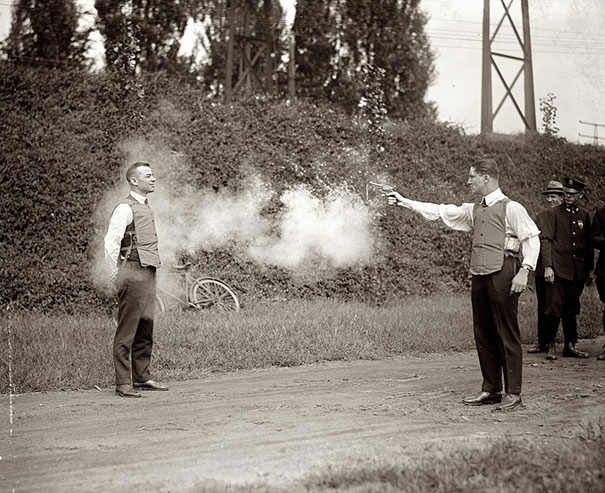
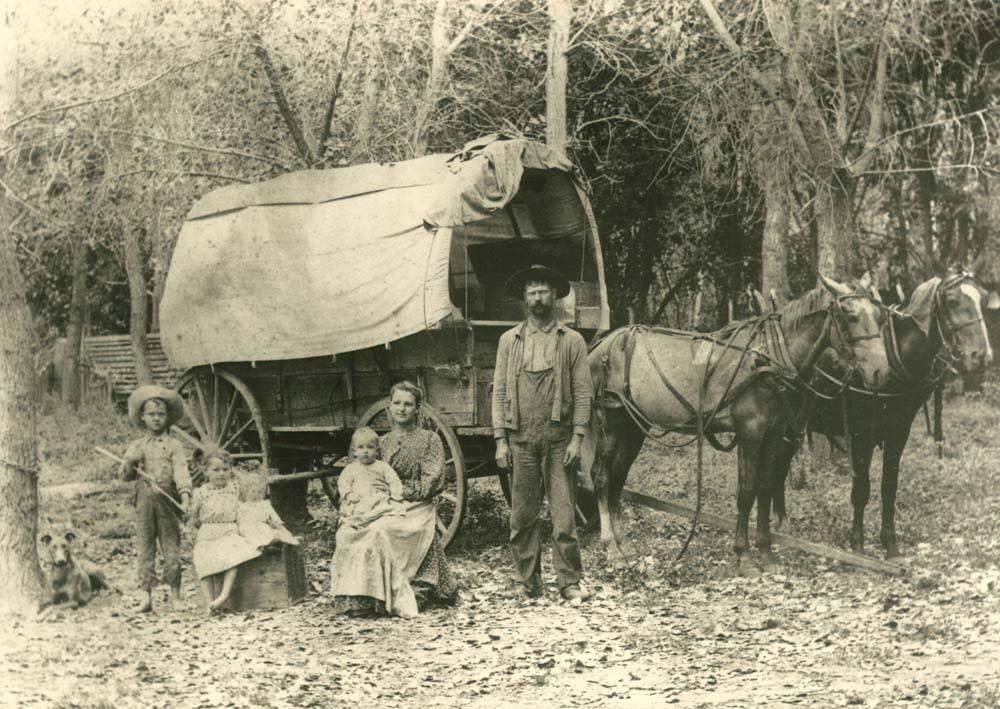
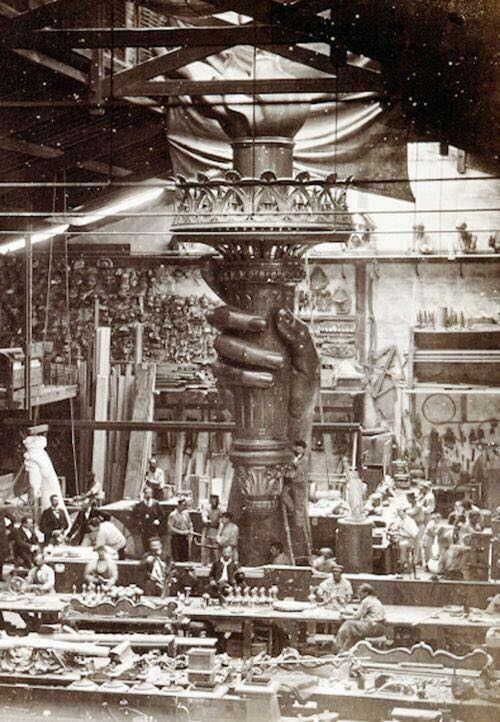
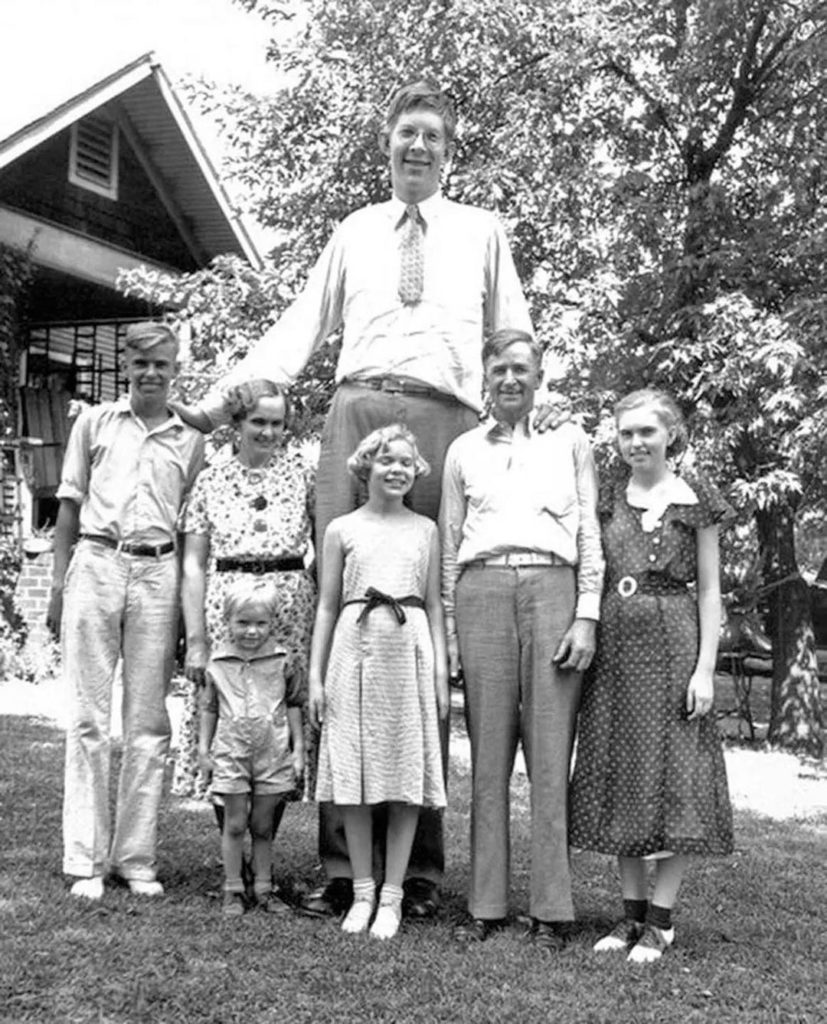
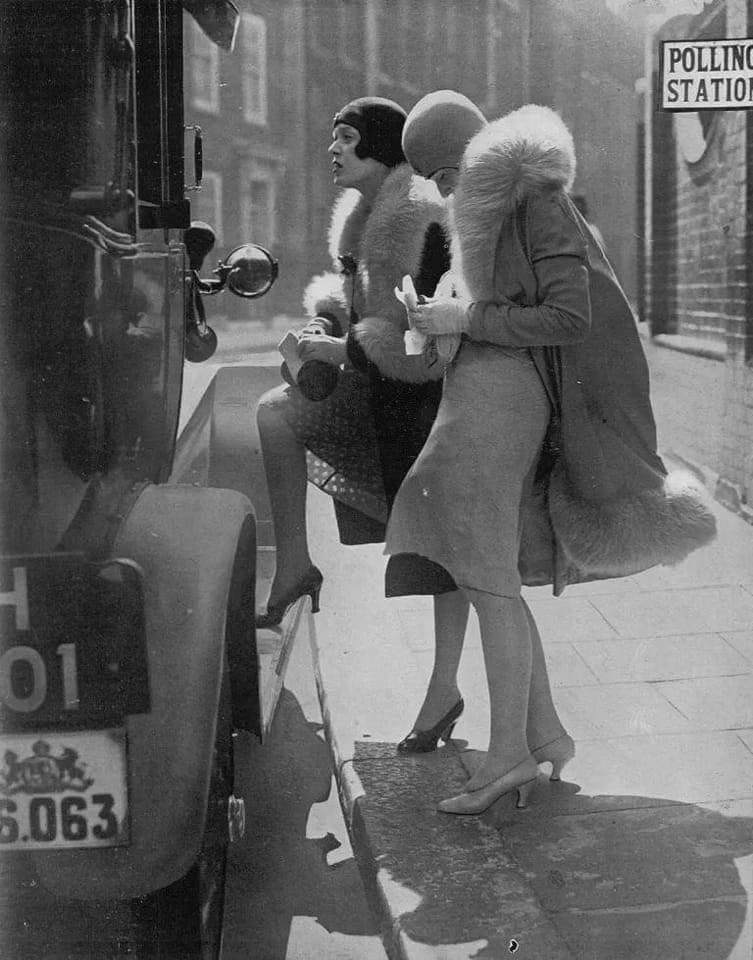
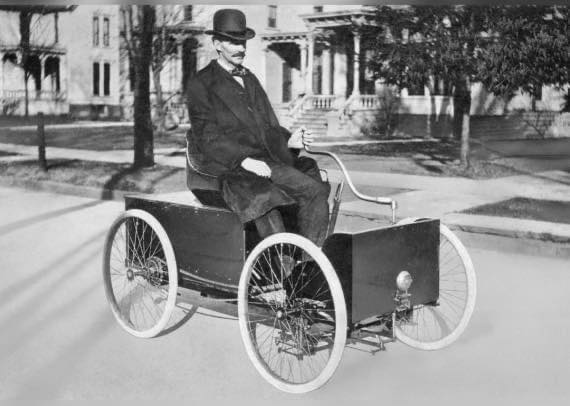
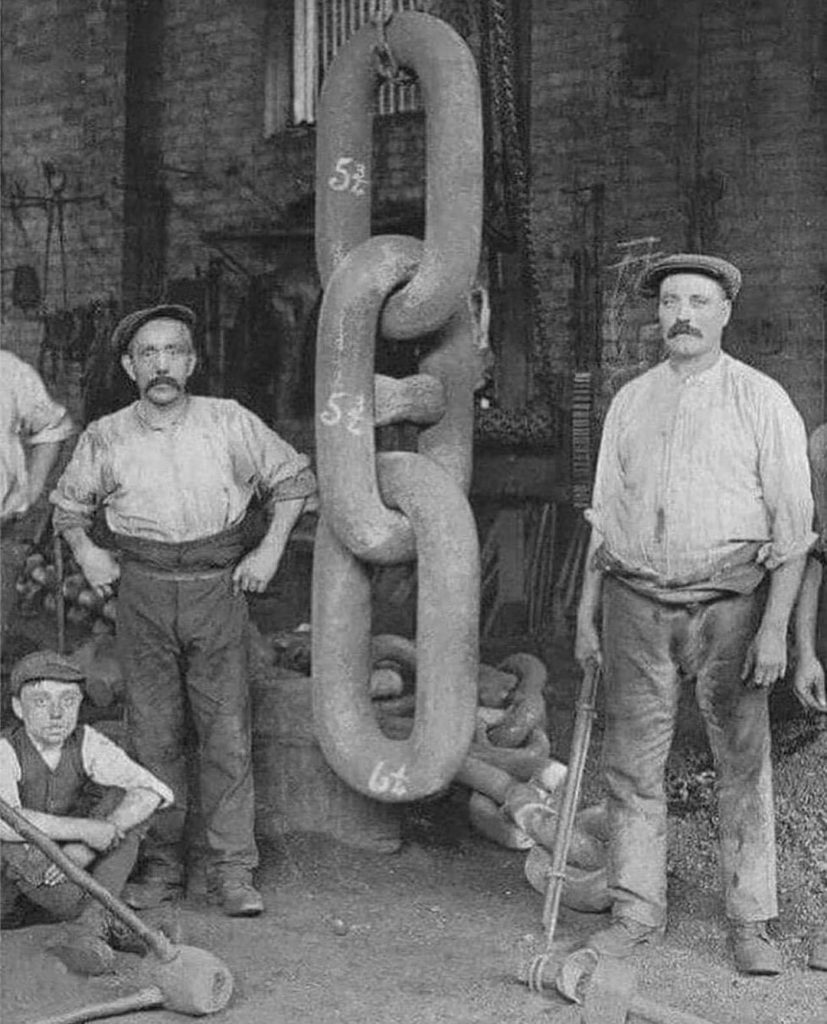

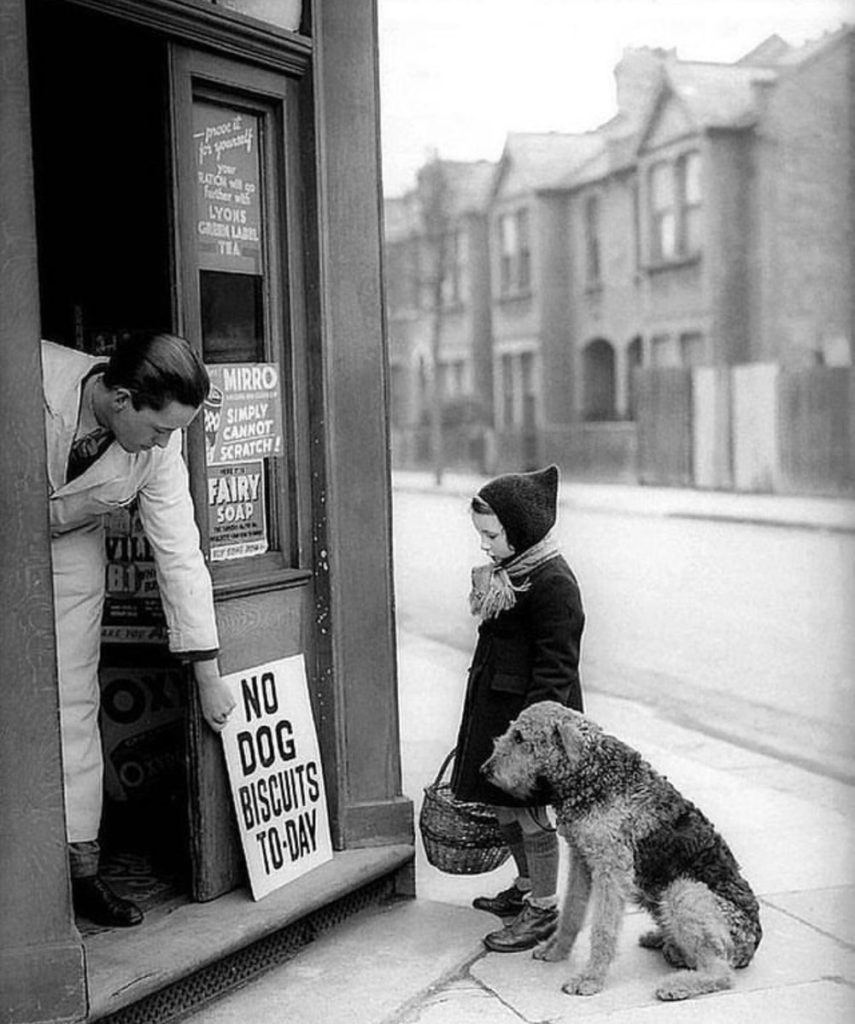
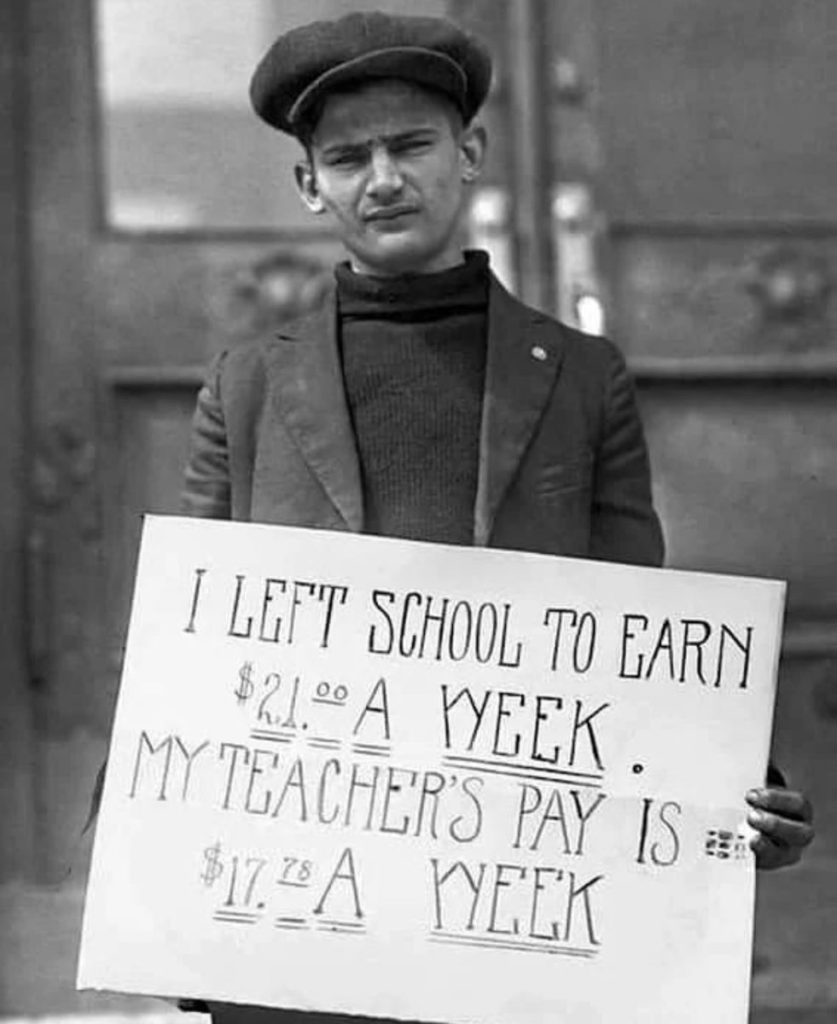
Car Becomes Hatchery

A heartwarming story of nature and human kindness has emerged from Denmark. A car owner, choosing to remain anonymous, found his vehicle unexpectedly occupied – not by a fellow human, but by a determined dove. The dove had built a nest within the car, laying her eggs and preparing for motherhood.
Faced with this unique situation, the Danish owner made a remarkable decision. He chose to put his own needs on hold, refusing to start his car for an entire month. His reasoning? In his own words, “As long as she chose my car to build her nest, I’ll match her spirit.”
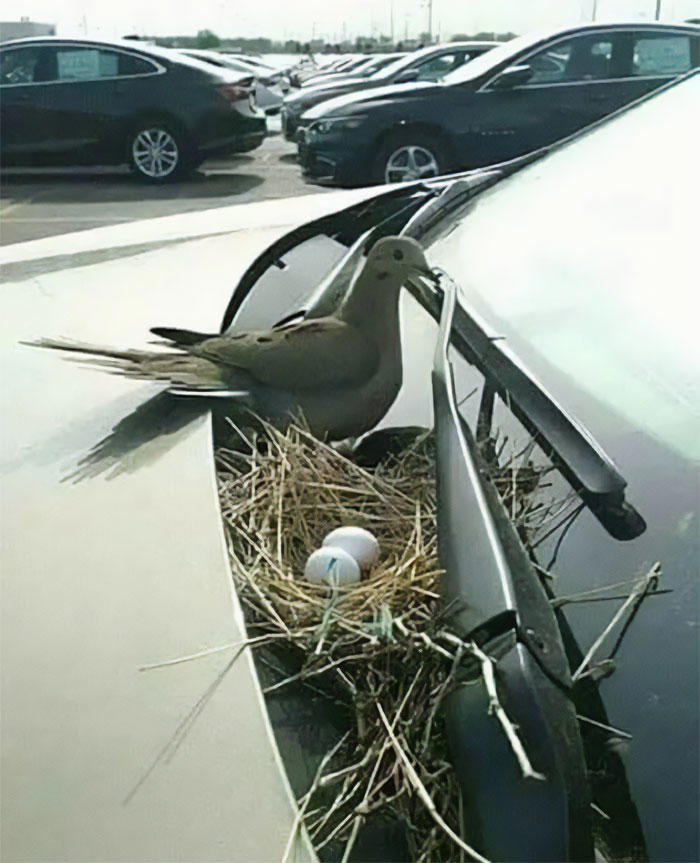
This act of compassion allowed the dove to raise her chicks in peace. The owner’s patience and respect for nature have captured hearts online, highlighting the beautiful connection that can exist between humans and the animal world.














